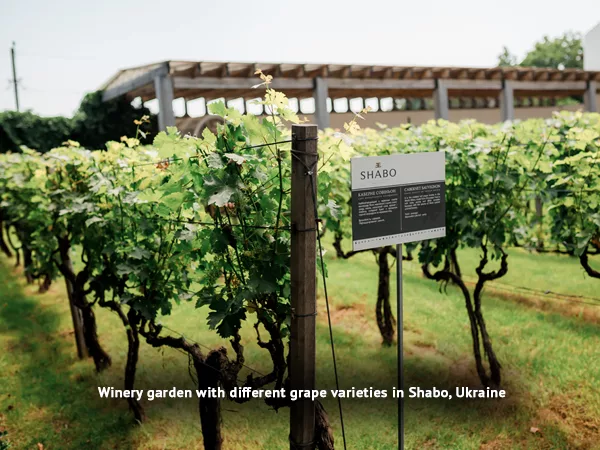How the War in Ukraine Impacts the Wine You Drink

Think about your favorite wine. Is it Italian Prosecco, French Rosé, or New Zealand Sauvignon Blanc? Or is it South African Chenin Blanc, Georgian Saperavi, or Slovenian Furmint?
Whatever your pleasure, I bet it’s harder to find and more expensive. Russia’s war on Ukraine has fueled inflation and thrown supply chains deeper into the chasm gouged by Covid.
It Started with Covid
Covid was the flame that lit the pyre of supply chain disruption from which the global economy still suffers. Now the war is making everything worse.
Like a bad sweater, the supply chain unraveled even further. Labor shortages grew worse, raw materials are harder to access, and demand patterns shifted.
The embargo’s impact on Russian oil sent prices beyond the James Webb Space Telescope. Russia’s actions destabilized the oil markets, and the effect cascaded through the global supply chain.
Just-in-time logistics disappeared, along with stable pricing contracts and efficient sourcing of raw materials.
Every country in Europe — almost all of them wine producers — suffers from Russia’s hubris.
The shock of a second invasion (remember Crimea?) quickly turned into the terror of a third or fourth possible invasion.
The Wine Trade
The volatile imbalance between supply and demand is making consumers feel the pain.
High inflation impacts products from essential items to luxury goods, including wine. Your local supermarket or wine shop is not exempt.
Soaring inflation affects every aspect of the wine business, including bottles, corks, labels, barrels, capsules, packaging, pallets, and machinery.
Winemakers can’t find enough glass bottles. European glass factories operating in Ukraine and Russia are not producing at capacity or at all. In parts of Ukraine, empty bottles are used for Molotov cocktails, further reducing the supply.
Raw materials for pallets and packaging are difficult to find because much of the wood comes from Ukraine, Russia, and Belarus. Alternative sources are limited, and these constraints result in higher prices.
European wineries lost a lot of business because of sanctions, and exports into Russia plummeted. Russia was Italy’s top export market before the war. Georgia’s wine trade lost much of its Ukrainian business.
Even wine tourism is dead in many countries, including Ukraine, Poland, Georgia, and Hungary.
A Shift in Focus
Because wine is a luxury product, many European wine producers and suppliers shifted their focus from wine to helping refugees.
Italy has a long relationship with Ukraine and has welcomed refugees since the war started. Thousands of Ukrainians live in Italy and work in agriculture, vineyards, and healthcare. Unable to sell wine, one Ukrainian wine importer began supplied meals to refugees. But then Russia bombed them.
Russian forces have even taken over some wineries. The best Ukrainian wines come from Crimea, Kyiv, Kharkiv, Lviv, and Odesa on the Black Sea. It’s become tough for global trade to access these wines.
Covid-induced supply chain disruptions and the war in Ukraine have made a mess of international trade. In wine, higher costs will force low-end producers out of the market and consumers to trade down.
The good news is, for most people, wine is a product easily substituted. So, you’ll find something else on the shelf to replace it if you can’t find your favorite.
fyi50+ stands in solidarity with the people of Ukraine.






